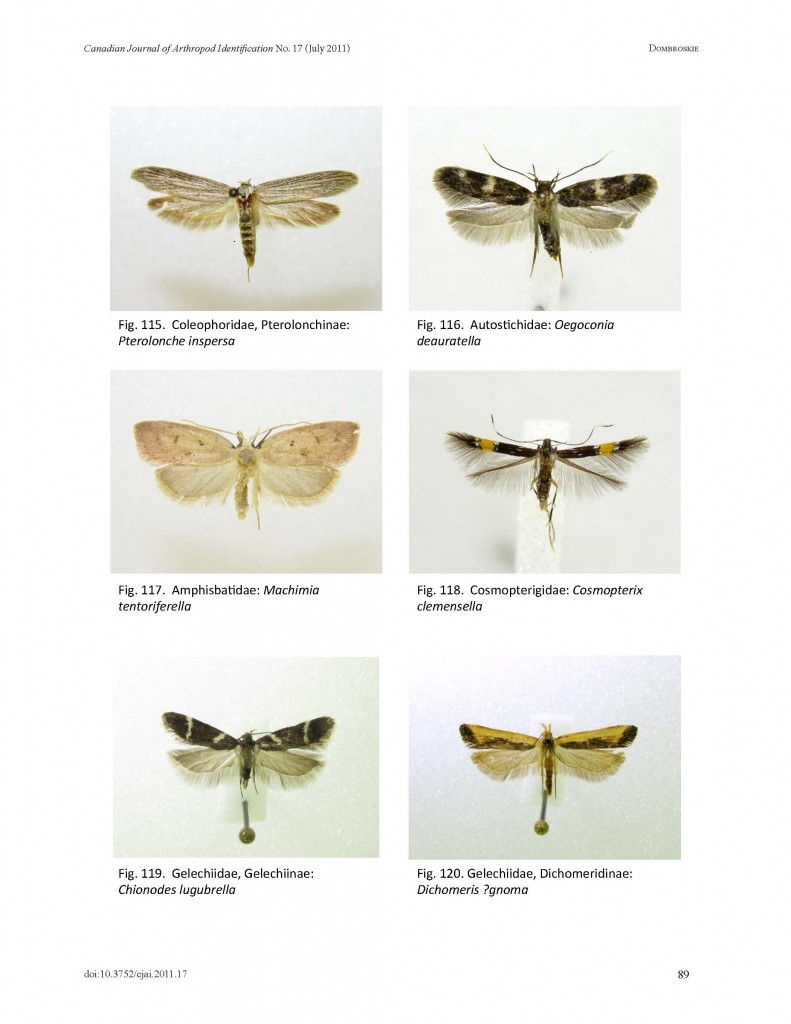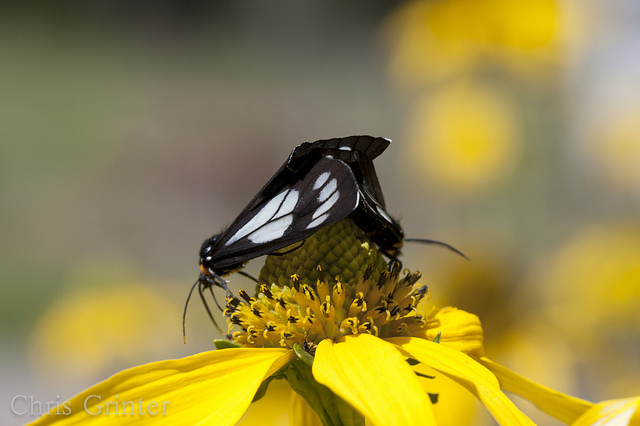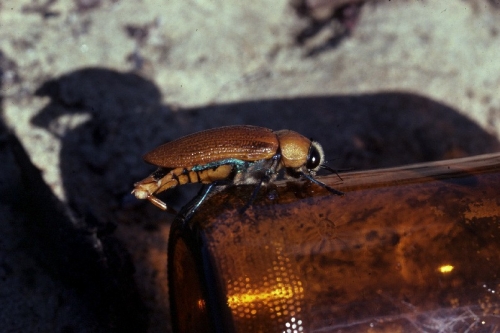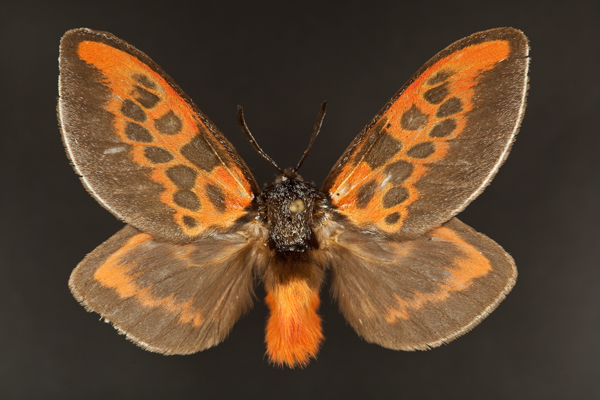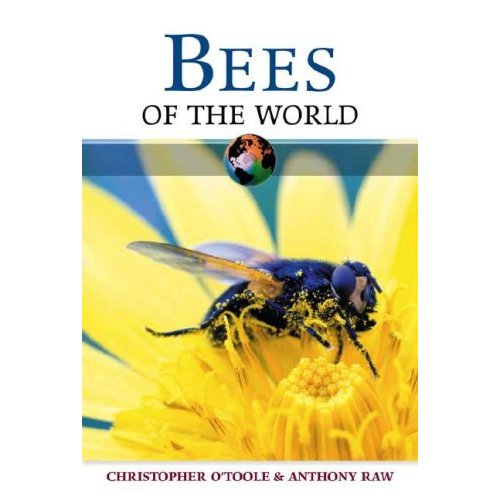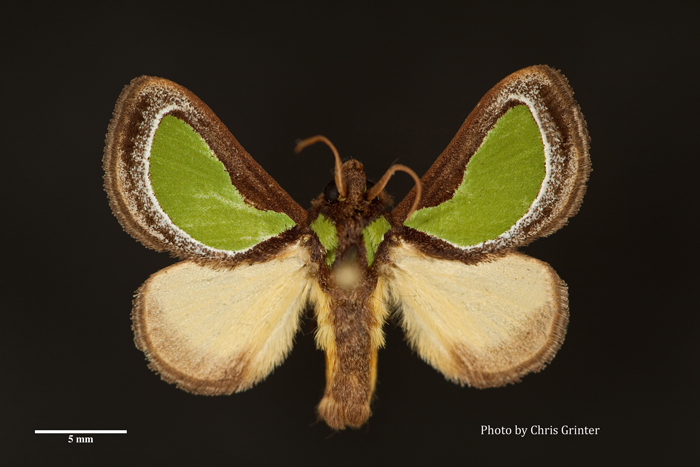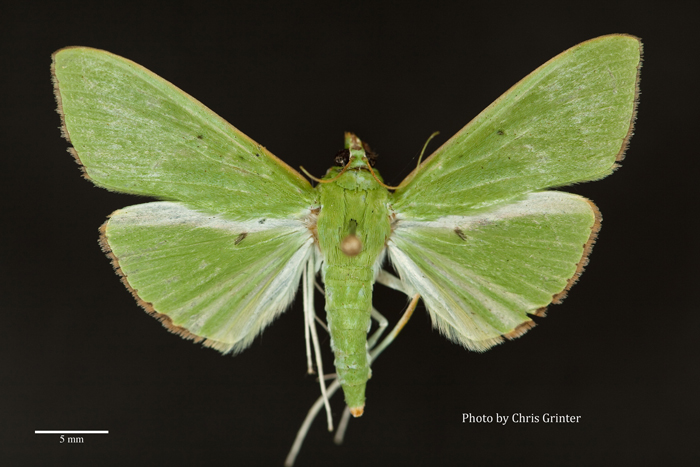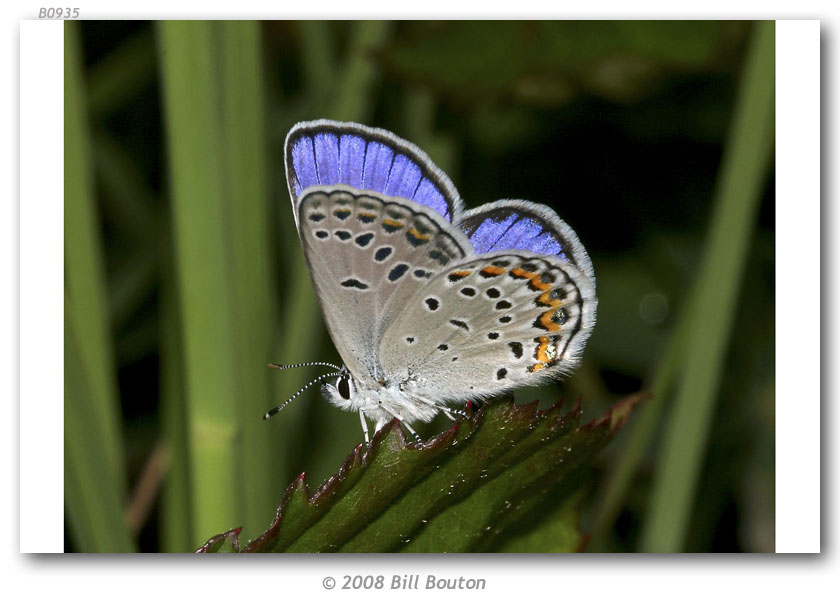Muutama kuukausi sitten loistavan avain perhosten Kanadan (ne kaikki) julkaistiin Jason Dombroskie – PhD opiskelija U. Alberta. Ohjelma on saatavilla vain Windows-käyttäjät, joten minulla ei ole ollut hyvä tilaisuus tutkia sitä vielä – mutta PDF on saatavilla verkossa ja se kattaa samasta materiaalista. Kaikki tunnetut kanadalainen perhosten sisältyvät tämän avaimen ja useimmat heistä alas alaperheen tai jopa heimon! Siellä on 222 taksonit, 73 hahmot ja 266 ominaisuustilan jotka auttavat kapea asioita alas. Tämä on ensimmäinen viittaus laatuaan tarkasti ja peittää eläinlajien koko maahan ja ensimmäinen, joka käyttää hyvin kuvitettu ja vuorovaikutteinen avain. On yllättävää, kuinka hyvin tunnet Leps vielä kuinka harva hyvät referenssit olemassa, lähes joista yksikään ei ole käyttökelpoinen keskeinen. Kaikille siellä kuka on kamppaillut tunnistaa Leps ennen tätä on uskomattoman hyödyllinen resurssi. Myönnetty, on todennäköisesti muutama Yhdysvaltain koit että voisi heittää jakoavain virtaan asioista, mutta suurelta epäilen siellä on monia ongelmia.
|
Tänä maanantaina koi on Aitosiilikkäät, Gnophaela vermiculata. These beautiful day flying moths were abundant on yellow Helianthus flowers around 9000′ Santa Fe National Forest, New Mexico. Toukat syövät Sinikellot, mutta aikuiset haluavat korkealaatuisia nektaria lähde alueella – which fortunately makes for easy and attractive photo subjects. Today marks a sad day in Physics history, the Tevatron accelerator at Fermi Lab in Batavia Illinois was powered down for the last time. Once the second most powerful accelerator in the world (and most powerful in the USA), the new LHC has made this beautiful machine obsolete. I can only assume the teams of scientists working at Fermi were hopeful for further funding, but the grand ol’ days of big-budget physics was crushed by congress in 1993 with the cancelation of the SSC. Off to Europe our physicists go! I have many fond memories of visiting Fermi with my grade school science class. Every year Mr. House would take us to explore the physics and nature surrounding the lab. I recall a feeling of privilege when you visited a real working lab where there were no public displays with cute goggly-eyed atoms, just chalk boards full of Feynman diagrams and 3 day old cups of coffee. But it was probably the fully restored big bluestem prairie that grew on and around the 4 mile collider ring was where I had the most fun and is what left a lasting impact on my scientific career. And so it goes, the evolution of science in the US. I have noticed this particular trend: 1) An active science facility with lots of research has a tiny museum for public tours. 2) The research loses funding and the tiny museum takes over. 3) The museum is renovated to be more “family” friendly and “interactive”, while science is pushed into the basements. 4) Whatever scientists are left (or students hired to act like scientists) are put under glass for the public to watch like strange creatures; all while true research fades into memory. The 2011 Ig Nobel ceremony took place yesterday at Harvard’s Sanders Theatre. The award is sponsored by Improbable Research, an organization that gathers fascinating, odd, and outright hilarious research papers that triumph the idea that not all science is boring. Among this year’s distinguished recipients was fellow entomologist and blogger David Rentz, who received the IgNobel in Biology for a discovery made in 1983 with colleague Darryl Gwynne in the Australian outback. Much to their surprise a certain style of brown bottle with indentations at the base (“stubbies”) proved to be irresistible to males of the Buprestid beetle
Congratulations Dave and Darryl!
[youtube kZyIN23Cy4Y 480 360] The microscopic insect world is a very different one from ours and we rarely are given glimpses into it. Thanks in part to the impressive Phantom camera system and the Flight Artists project researchers have filmed the minute (1mm!) Trichogramma wasp (Chalcidoidea) in flight. These insects are egg parasites of Lepidoptera (amongst other groups undoubtedly) and can be used as effective biocontrol agents. As you’ll see in the video it’s been long understood that these wasps hitchhike on adult Lepidoptera waiting for fresh eggs, but it wasn’t know how they got there and if they were even flying onto the adult hosts. Stunningly, this wasp flaps its wings at ~350 times per second to achieve some astounding feats of movement. The biomechanics of this wing mechanism must be fascinating. Scroll ahead to 1:07 and watch the interaction of the two wasps – the one that flips off to the left of the screen moves in such a bizarre way it looks like bad CGI. I sure hope they record more species of minute flying insects!
This Monday moth is a stunning female of the Neotropical Megalopygidae – Trosia nigrorufa. Ed Ross and Ev Schlinger collected this specimen in Peru in 1955, and I’ve heard many stories about these epic expeditions. I can’t really imagine travelling via cargo ship, being gone for six or more months at a time and relying mostly on hand written correspondance. It must have made the world feel like a much larger place than it is today. This is a pretty epic fail. I guess the “young adult” publishing guidelines are less strict with “facts”.
Thanks to Richard Lee Brown for first posting this on Facebook.
Me kaikki näimme tämän päivän tulevan, perhosten nousu, päivänä, jolloin he kostavat meille. He eivät enää lennä passiivisesti elinympäristöjensä ympärillä, koska ne puskutetaan ostoskeskuksiin ja saastuttavat valumia. One particularly angry Karner Blue has submitted a letter to the Onion warning us that our time is about up. Endangered little Lycaenidae will join hands and come after us some quiet night while we’re asleep in our beds. We at the Lepidopterists’ Society have even made their list for failing to take action. Together we should act before it is too late – let us preemptively strike before the rise of the blues. Save your families! Burn those styrofoam containers, pave the prairies, drive your off-road vehicles and take a stand against these fluttering fanatics! (or we could just save them…) Muutaman viime vuoden aikana on käyty jatkuvaa keskustelua siitä, miksi niin harvat naiset jäävät tieteeseen. Vaikka en aio sukeltaa tähän aiheeseen täällä, voit löytää mahtavia keskusteluja täällä, täällä, täällä ja täällä. En kuitenkaan usko, että kukaan väittelee siitä, miksi naiset eivät lähde tieteeseen, varsinkin kun näkee tällaisia asioita. Tapa painaa sielua murskaava stereotypia suoraan tyttäresi paidan etuosaan, JCPenny. (kautta Skepchick) |
Skeptisyys |
